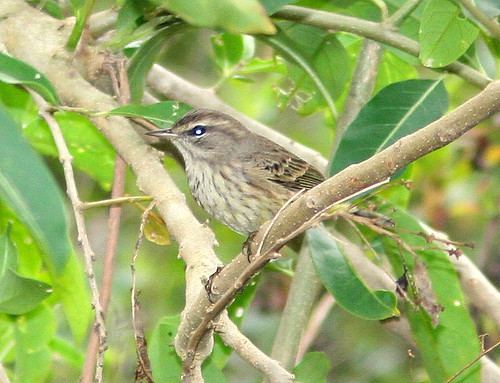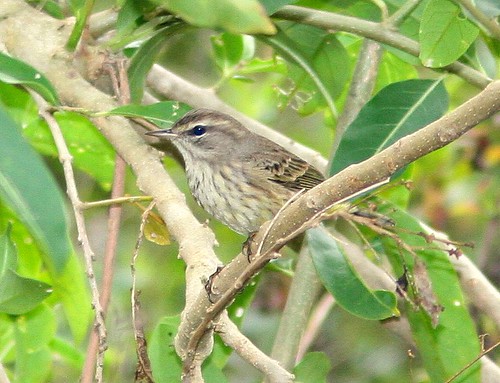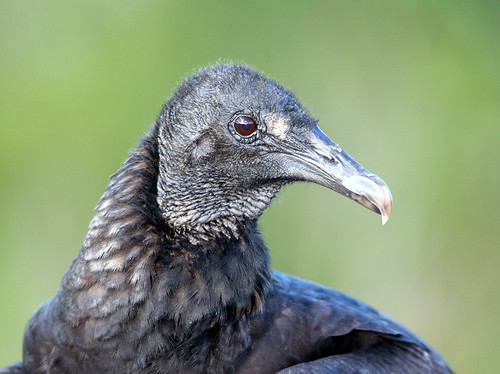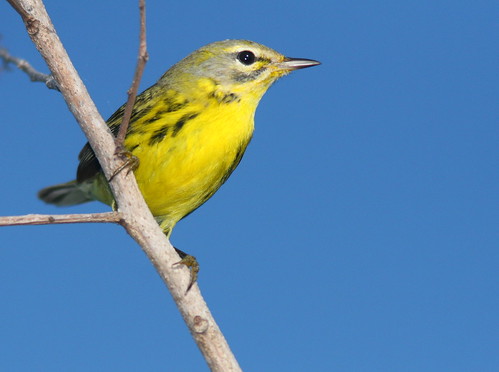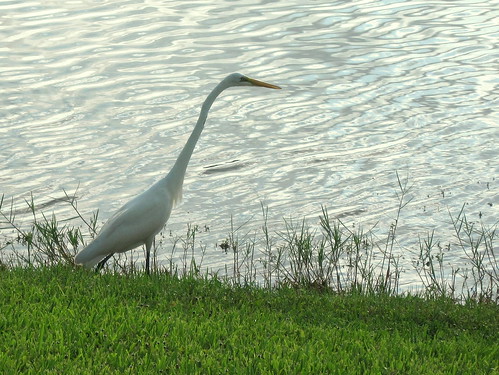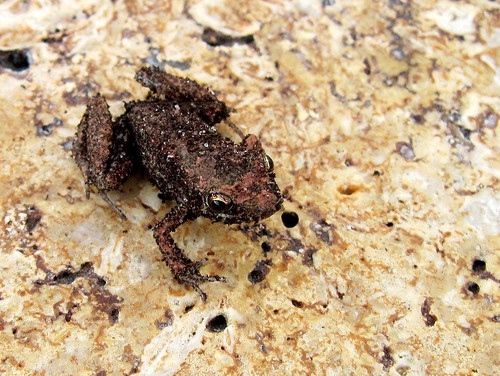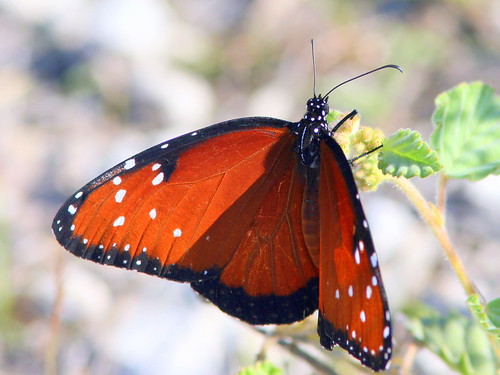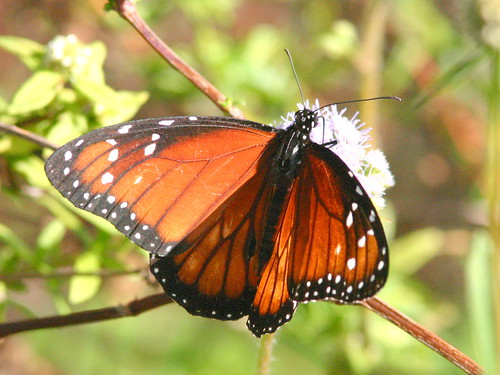Posted by: Ken @ 2:04 pm
I thought long and hard before I finally bought a flash attachment for my camera.
Having been born in the depths of the Great Depression, I grew up with an acute appreciation of the cost of things. I remember when a nickel or even a penny could buy some pretty good stuff. Only lately have I appreciated the sacrifice that was involved when, in 1942, my mother gave me my first Roger Tory Peterson Field Guide to the Birds. My Mom encouraged my avid interest in birds, and she bought the book for $2.75. According to the Bureau of Labor Statistics Inflation Calculator, her $2.75 would be worth $36.90 in today’s economy. It was a first edition, revised in 1939. (I still have it– see it here).
A recent explanation of benefits that I received from Medicare got me thinking about the cost of medical care. It included payment information about two medical encounters, with a dermatologist and a podiatrist. The dermatologist charged $96 for a routine office visit, and the podiatrist charged $100 for the same level of service. Medicare approved the amount of $67.57 for both visits, and paid its share of that amount, which was $55.66 in each case.
Back in 1961, before Medicare was enacted, I entered family practice in New Jersey. I charged $5 for an office visit and the patients usually paid me directly and filled out their own insurance forms for reimbursement. Other charges were $7 for a house call during the day and $10 at night (roughly defined as after 8:00 PM. Other primary care specialists such as Internists and Pediatricians charged $10 to $15 for office visits. I think the few specialists who performed house calls charged something like $15 to $20.00. According the Inflation Calculator, today my $5.00 office visit is worth $36.57 in inflation-adjusted dollars. The Internist would get $73.15 for that $10.00 office visit, or $109.72 in today’s dollars for the $15.00 visit.
So, I rationalized, a $400.00 flash unit really would only cost me about $30.00 in 1942 dollars– not much more than what my Mom paid for my first Peterson bird book! Not bad at all. So I sprung for the Canon Speedlight 580EXII. As soon as the flash unit arrived I went out into our local patch and took some photos of birds. When I got home and viewed my shots on the computer screen, I was dismayed.
Here is my very first flash photo, of an American Kestrel against a bright overcast sky, high atop a Royal Palm shoot, about 70 feet away: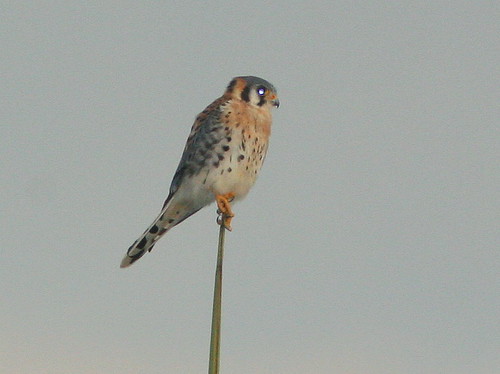
The flash did lighten up its body, which would have looked like a silhouette without it. But ugh! Those eyes! Why did I waste my money?
Another disappointing photo was that of a (Western) Palm Warbler hiding in some shrubs, deep in shade with the sun behind it, at a distance of about 50 feet:
The “steel eye” reflection had spoiled this photo as well. I have seen many bird photographers use flash. Their bird eyes never turned out like this! Or so I thought. First, I wanted to know why this happened to my images, and then find out how to prevent it. My Internet search yielded a very useful web site that explained my problem. It was eye shine, also called “steel eye,” the equivalent of “red eye” in humans. It appears that the problem worsens, the farther away the bird is from the flash, because the relative distance between the lens and the flash decreases with distance to the subject.
Parallax, the difference between the view of a subject as seen through the picture-taking lens of a camera and the view as seen from the flash unit, decreases as the subject becomes more distant. Because the angle of parallax is so slight at long distances, the flash lights up the bird’s retina, which is very reflective, rather than bouncing off the cornea. Small point-and-shoot cameras with flash units close to the lens cause “red eye,” even at short distances, for the same reason. The human retina does not reflect as much light as that of a bird, so we see the red from the retinal blood vessels. Since locating the flash unit far away from the camera is not very easy to do in the field, the only practical solution is to edit the photo and create an artificial catch light, mimicking the reflection of the sun off the cornea. I tried this approach, following instructions on the web site:
Since I do not have Photoshop, I used “Poor Man’s Photoshop,” a free program, Paint.net (remember, the Great Depression?) to edit the steel eyes of both birds. I first blackened the entire eye, and then added the catch light, one pixel at a time.
Here are the results– now I feel rather dishonest about displaying them as “originals:”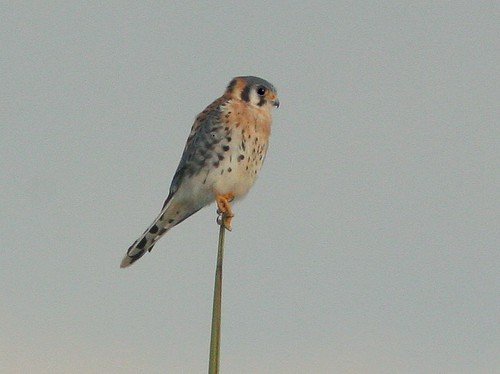
This Palm Warbler, at much closer range, had a hint of “steel eye,” but I left it alone as it was not unattractive. Its long legs are an adaptation to its habits of feeding on the ground:
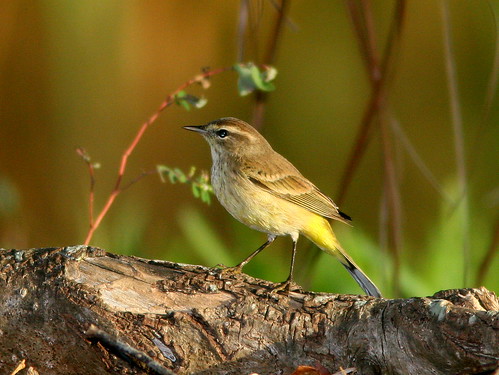
I deliberately went around looking for shots that would definitely have been terrible without a fill flash. This Green Heron had not only the sun, but reflection from the water behind it. At about 30 feet, the flash overcame the deep shadow: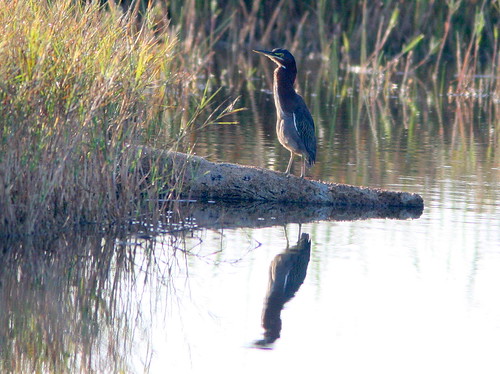
The flash brought out the details of a male Belted Kingfisher that fluttered above the water before plunging for a fish: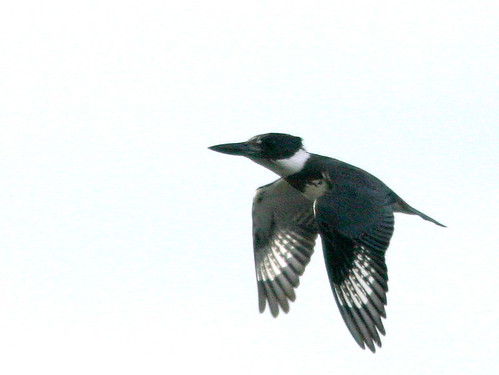
The kingfisher caught quite a large fish, that looks like a young bass (click on the photo for a sequence as it swallows the fish):
A few days later, an accessory arrived– a Better Beamer flash extender. It uses a Fresnel lens to focus the flash in a spot so that it carries a greater distance. I tried it out on one of our local Bald Eagles that was high on a perch with sun over its shoulder. It illuminated the bird’s breast fairly well: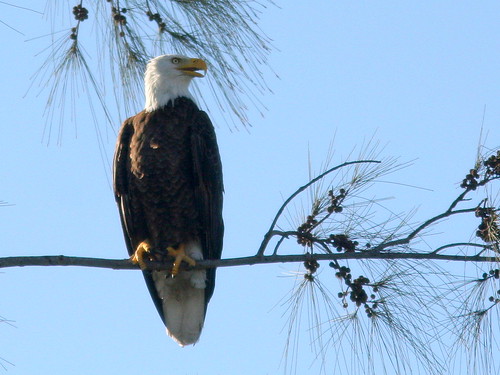
Black plumage can be problematic, as with this Turkey Vulture that was sunning itself on the boardwalk of the local Pines Soccer Park and Nature Preserve:

The Better Beamer flash brought out the feather texture of this nearby Black Vulture without causing eye shine:
A Wood Stork and a Great Egret look as if they are not speaking to each other. Actually, I often see Wood Storks and herons fishing together. Their methods differ, as the stork captures fish by touch and the heron does so by sight, so they don’t compete and may actually benefit from the association.
The BB attachment reached out and gave me pretty good illumination of the subjects, about 70-80 feet away:
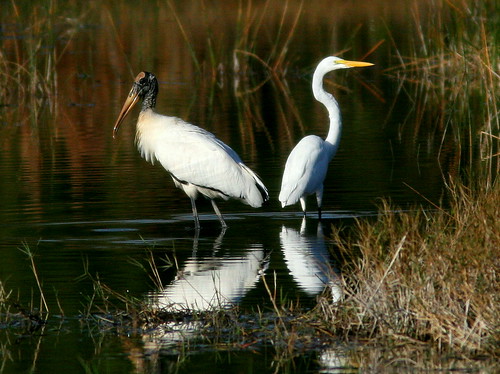
I think the undersides of this female Northern Harrier may be better defined, thanks to fill flash:
While I was waiting for an elusive Swamp Sparrow to reappear, a curious female Prairie Warbler came right up to my shady “hiding place.” The eye reflection from my “Better Beamer” flash extender is fine, since the bird is so near, about 8 feet. I also think the fill flash enhanced the bird’s natural color against the bright blue sky:
ADDENDUM (December 6, 2010):
I have received questions about whether flash photography startles or harms birds. Before I took up photography, and even while I was photographing birds without flash, I was concerned that flash would scare the birds away. I’ll admit that I felt angry and almost wanted to confront photographers who were surrounding a Cuban Pewee in the Everglades. When I asked photographers about it, they all said it had no effect on birds’ behavior. In truth, the pewee did just stay in place and kept coming back despite all the disturbance.
The consensus seems to be that under low light conditions, use of flash may disturb some birds, or even interfere with owls’ adaptation to the dark and thus be harmful. Certainly shining a floodlight on an owl can sometimes immobilize it, probably because it is temporarily blinded.
An Internet search turns up lots of anecdotes and opinions about the issue. However I could find no scientific evidence from controlled experiments that shed “light” on the subject. In daylight, flash photography appears to cause no change in behavior. In fact, just yesterday I was standing by a damaged shrub that was a favored foraging site for Prairie Warblers and a House Wren. I used flash before they approached the shrub, and they flew towards me and I continued to use the fill flash at short range.I actually had to switch my lens to a macro setting for the Prairie Warbler that was only about 5 feet away from me as I was using the flash.
This article addresses the issue of harm or impairment of the bird or other animal’s vision by flash, and concludes that permanent damage is unlikely.
Another view, from the Digital Bird Photography web site (an excellent resource), mentions an instance in which flash did disturb an Osprey. It also admonishes photographers to be sensitive to the concerns of others who believe that use of flash constitutes “harassment.”
Ken
Posted by: Ken @ 10:28 pm
Today, fast approaching the three-quarter century mark, I am penning my 300th post in Rosyfinch Ramblings. Before the days of File Transfer Protocol, and before the word “blog” was invented, I created the rosyfinch.com web suite devoted to the birds of the Sandia Mountains, near our former home in New Mexico. In those days I wrote daily updates in HTML code by hand, and uploaded strings of ASCII characters via a telephone modem. When I started using blogging software in 2006, I simply intended to record memories from my childhood in New Jersey. In my fifth post, Discovering Birds, I tried to remember how and why I ever got into bird watching.
How lucky I was to have had a father with an infectious interest in the natural world. I remembered those long walks with him in the woods (Habitats and Inhabitants) and, more recently on Father’s Day, described how I especially felt his his loss. Now we and our children try to inspire our grandchildren to put away the Wii’s, Game Boys and iPods and get outdoors. See Birders Start Young, and Early Birder.
I recounted adventures from my medical career, as the Rookie Doctor in Town , and wondered Why It’s Called Medical “Practice”. Then, suddenly and unexpectedly, I entered the field of public health, only two weeks after receiving a telegram: Greetings, You’ve Been Drafted . Providing medical care in the aftermath of Hurricane Camille, and Closing the Grand Canyon were but a couple of highlights of many exciting experiences in public health practice.
I always wanted to marry a bird-watcher, but this never happened until after I retired to the mountains of New Mexico. Don’t look so startled– Mary Lou and I just celebrated our 50th Wedding Anniversary, but she suffered as an SOB (spouse of a birder) for many years before I could say “Finally, I’m Married to a Bird-Watcher.“
We do not feel the need to travel far and wide to enjoy the beauty of nature, whether from the windows of home, in backyards, or in local patches of semi-wild land. From early childhood, I have found Beauty in the Commonplace, mostly in the good old USA. While Mary Lou and I keep life bird lists, and have taken several wildlife-oriented jaunts and cruises, neither of us has a compulsion to see all the birds of the world. We greatly enjoy seeing just that tiny sample of the avian multitude that live in, or visit our neighborhood.
Muscovy Duck in flight:
No, this is not a Frog-mouthed Four-legged Crow, but rather part of a ritualistic encounter between two male Boat-tailed Grackles in our yard. They take turns posturing, and soon one will open his mouth and flap his wings while the other points his bill to the sky. They posture and then the other bird does the same. At no time did both birds sing and flap at the same time. This went on for several minutes, until they peacefully walked away from each other and resumed catching dragonflies on the lawn. Click on image and view sequential photos of the “dance” at the “comment” link below the photo.
Boat-tailed Grackles perform a ritual “dance:”
I’m still experimenting with my little Canon A-1100 IS point-and-shoot. It packs 12.1 megapixels. This is a cropped image zoomed 4x optically to about 25 mm focal length. If you click on the photo, an image will appear below it, lightly cropped and not zoomed at all, about 6mm focal length:
Great Egret:
The Canon A-1100 takes surprisingly sharp macro photos, such as of this Garden Snail (Zachrysia provisoria):

This big Lubber grasshopper was on the glass of our patio door, again captured by my little point-and-shoot:
I had been hearing little chirps in my garage in the vicinity of the corner where I store my fertilizer and garden stuff. The chirps would stop whenever I got near, and I could not find their origin, though I presumed it might be a tree toad or frog, or maybe a Mediterranean Gecko. When potting a plant one morning I reopened a bag of potting soil. Inside were at least 6 or 7 of these little frogs, about 3/4 inch in length. Greenhouse Frogs live in plant litter and their tadpoles develop into frogs inside the eggs, so they don’t need a pool or pond to breed. They lack webbing between their toes and have been erroneously called toads. Native to the Caribbean, they have invaded most of the Florida peninsula. Listen to an mp3 of their little chirps that I heard: puca.home.mindspring.com/mp3s/Greenhouse.Frog.mp3
A Green Heron dropped by our back patio just before we departed for Illinois:
When the birding slows down there are always butterflies, and it is fun to separate the Queen…
Our granddaughters seem interested in the structure of the feet of this newly hatched chick:

Of Hamster Livers and Starling Ears
In college, I majored in biology. This was a direct result of my childhood interest in birds and all living things. More properly, it was a result of the intense curiosity that is stimulated by even the most subtle aspects of the morphology and behavior of living things. Curiosity causes one to ask many questions. Whether trivial or sublime, so many questions remain unanswered. I don’t know who said it, but it is so true: “The last thing a science learns is what it is about.”A fact that intrigued me was that Golden Hamsters appear to be immune from the effects of the alkaloid colchicine, a mitotic poison that freezes cells in the process of dividing. The theory was that the hamster evolved in a region where the herb that produces colchicine is common. It somehow adapted and survived by developing resistance to the effects of the chemical. Many anti-cancer drugs also prevent multiplication of tumor cells, so I thought the lowly hamster might provide a key to finding how to selectively protect healthy cells from damage during chemotherapy.
I kept a colony of hamsters in the college lab, and fed them high doses of colchicine. They appeared to suffer no ill effects, although they did not reproduce while eating the colchicine-laced food. In order to test my hypothesis that the substance may end up being concentrated in a particular organ, I euthanized the animals, pooled their organs, and using a primitive glass column chromatograph, analyzed their tissues for colchicine. This revealed that the colchicine was indeed concentrated in their livers. Histologic examination revealed no pathologic changes in the liver or any other organs. It was an uncontrolled, poorly designed experiment without a clear hypothesis, that wasted the lives of innocent animals. I never learned why or how the hamsters resisted the effects of the poison. Since hamsters are normally exceptionally prolific, their failure to bear young appeared odd, as their body tissues exhibited normal cell division.
After I graduated, it was off to medical school, and that was the end of my experiment. It left me with more questions than answers.Today, an Internet search reveals much sophisticated research on the same subject. For example, it was subsequently confirmed that the natural resistance of the Golden Hamster to colchicine is not manifested in the developing embryos in utero. Francis Crick had discovered the double helix of DNA only a couple of years before I executed my hamsters, but now the unusual resistance of hamsters to the erstwhile toxin has been explained at the molecular level. Resistance to colchicine has been found to be associated with specific DNA sequences containing genes which alter plasma membrane permeability, leading to a decreased uptake of several anti-cancer drugs. Now, 55 years later, I cannot find any reference as to the applicability of this knowledge to clinical medicine.
Nieta watches as a Black Swallowtail butterfly emerges from its chrysalis:

The natural world is so full of questions. Before I retired, I traveled a great deal and spent lots of time at the Dallas-Fort Worth Airport. One day, in the mid-1970s, I noticed that European Starlings were feeding nestlings, whose heads popped out of nests located in crevices located where the jetways connected to the airport terminal’s walls. It seemed odd that the birds were exhibiting normal behavior in such a noise-filled environment. All the humans who worked in that area were wearing hearing protection. Yet these birds, of a species that is particularly vocal, seemed not to be suffering in the least. Surely, their sensitive ears must have been severely damaged by all those decibels.
Humans can adapt to hearing loss, through gestures, sign language and writing. Birds appear to rely heavily upon the subtleties of calls and songs, especially in their reproductive behaviors. Owls are known to locate prey by hearing alone. How did those starlings manage to rear their families amid the constant roar of jet engines? Incidentally, Killdeers were often present along the taxiways and landing strips– was it possible that they, too, were able to breed under these circumstances?
Internet research now provides me with an appreciation of the fallacy of anthropomorphising, of applying human attributes to birds. Just as my earlier assumptions about sex-linked characteristics in Muscovy Ducks proved to be 180 degrees away from the truth (I had falsely assumed that male sex was determined by the male parent, as in humans, whose males are heterogametic), I now know that the inner ears of birds, and most reptiles and mammals, have a unique regenerative ability to recover from damage to the microscopic auditory hairs (cochlear cilia) that are so essential to normal hearing. This fact was discovered by medical researchers who were looking for a cure for human deafness. Indeed, we humans are the oddballs in this respect.
Research conducted at the Laboratory of Comparative Psychoacoustics in the Department of Psychology at the University of Maryland in College Park, MD explores the issues of the effects of noise on bird behavior. Remarkably, they have discovered that birds have the ability to block out or mask certain background noises and still hear the calls of others. The following is from an abstract entitled The General Effects of Noise on Hearing in Birds
“A great deal has been learned over the last several decades about the effect of noise on hearing thresholds in both humans and animals including birds. One useful measure, the critical ratio (the ratio of tone intensity to noise intensity expressed in decibels), tells us how loud a pure tone must be to be detected against a background of broadband, white noise. The critical ratio is the level of the pure tone at threshold (in dB) minus the spectrum level (dB per Hz) of the noise.
“Critical ratios have been measured in the laboratory for a number of species of birds including: budgerigars, canaries, starlings, song sparrows, swamp sparrows, red-wing blackbirds, cowbirds, great tits, cockatiels, and barn owls. In general, the effect of white noise on hearing thresholds in birds (as well as in humans) doubles with every doubling of frequency. In other words, the critical ratio at 2.0 kHz is 3 dB higher than the critical ratio at 1.0 kHz. However, some birds, such as budgerigars, show a remarkably different masking pattern… [suggesting] that budgerigars hear better in noise than other birds at frequencies between 2-4 kHz. Importantly, these laboratory studies of masking by noise can also be used to make predictions about how environmental or anthropogenic (human-made) noise affects the abilities of birds to hear each other in the real world… “
My question about the starlings remains essentially unanswered. In this one narrow area, such unanswered questions abound. Following are some suggested areas for future research, excerpted from the UMD Web site,
“…When noise masks the biologically important signals of birds in the wild, and interferes with their ability to communicate effectively, it surely has a detrimental effect on their normal behavior and breeding biology…
“…There are virtually no data published on the effects of different types of noises (e.g. traffic or aircraft noises) on the perception of species-specific vocalizations. Such laboratory data are critical for understanding the effect of noise on acoustic communication and for developing reasonable guidelines for noise abatement…
“… It is important to understand that intense traffic or aircraft noise probably represents a substantial risk to normal acoustic communication in birds. It is not practical to think of eliminating the detrimental effects on communication completely. It is practical, however, to try and quantify the risks so that intelligent judgments can be made concerning the extent to which noise may interfere with the normal behavior and breeding biology of birds in the wild, and reasonable arguments can be made about how much risk is acceptable. At present, predictions made for detection of vocalizations in the environment only address the simplest case, the ability of a bird to tell whether a sound occurred (i.e. detection). Such a measure does not reflect a bird’s ability to communicate effectively in a particular acoustic environment, and may have little bearing on it…
” …At the present time, these worthwhile environmental projects are not funded. The ultimate goal of these studies is to generate a predictive model for evaluating the impact of noise on acoustic communication in birds in order save endangered species…”
Fear and the Fence
Fear. Nothing is a stronger motivation of human behavior. Fear ruled in New Orleans when I lived and practiced medicine there, forty years ago this very day: Friday, April 5, 1968. Martin Luther King had been assassinated the day before. I had work to do, and I vowed it would have to be like any other day. I knew the Tulane medical students had already assembled in the little frame “shotgun” house in the Lower Ninth Ward. They all would be waiting for me. I normally arrived at about 7:00 PM, an hour after the students began screening and triage, and parents will have been waiting much longer with their children to see the doctor.
The night before, our next door neighbor came over. She had been glued to the TV, watching the reaction to Dr. King’s violent death. Fear was in her eyes. She assured us that she had a gun, and we need not be afraid. She could handle “outsiders” who dared to violate the borders of our neighborhood.
Civil unrest or not, I knew that the medical students would be there waiting for me, not only because some of them grew up in that very neighborhood, but because Friday night meant that there would be a Free Clinic in the Lower Ninth Ward, no matter what. I was their Faculty Advisor in the Community Medicine program. But who could have predicted a night like this? This past Christmas Eve, I reflected on those events in this Blog post. I will spare the reader a recounting of what happened in the Lower Ninth Ward that night, or during the eventful week afterward, but it is as near as a click for anyone interested.
For two years before I moved to New Orleans, the porous US-Mexico border had been my workplace as a US Public Health Service officer. One of my concerns had been the illogic of universal mandatory smallpox vaccinations of arriving aliens. False rumors of smallpox epidemics in Mexico flourished, and the American public and their leaders said it was our job to keep the scourge from the south in check.
Fear trumped science and logic. No matter that our best intelligence never verified any recent smallpox cases in Mexico. In fact, the last US outbreak occurred in Texas, in 1949. That same year, smallpox disappeared from Mexico, although that nation was not “officially” declared free of the disease until 1951. Throughout the 1950s and 1960s all of the purported Mexican “smallpox” epidemics turned out to be chickenpox, measles, or impetigo.
Each year at the border, we unnecessarily vaccinated hundreds of thousands of arriving Mexican citizens, including persons who were at high risk of complications from the vaccine, such as pregnant women, people with compromised immune systems, and skin rashes such as eczema, any of which could cause disseminated and even fatal vaccinia infections. Our illogical and dangerous policy was driven by the public’s fear.
By chance, since my boss was attending a meeting in Hermosillo, Mexico, I happened to be acting medical officer in charge of the US-Mexico Border Quarantine office in El Paso, when the announcement was finally released. I had to deal with an anxious press corps. To the left is a June 9, 1967 clipping from the El Paso Times..
Fear again rules in the Rio Grande Valley. Many of you
birders have visited this marvelous place, where the populations and
delicate ecosystems of Mexico and Norteamérica merge, where cows, deer and rabbits from both sides of the river casually sip the waters of Rio Bravo.
An editorial in yesterday’s Dallas Morning News states (in part):
“Proponents of a border fence between Mexico and the United States want it taller, thicker, longer. They want it impregnable, and they want it now because, for them, this is the solution to our illegal immigration problem. Others, including landowners, border-area politicians and environmental groups, say the fence will be ineffectual, will disrupt wildlife habitats and could damage U.S.-Mexico relations…”
This past week, Homeland Security Secretary Michael Chertoff announced that, under legal mandate and as authorized by waivers that bypass federal environmental reviews, he will push forward to complete 370 miles of fence.The editorial continues:
“…Mr. Chertoff concedes that the fence will be more of a hindrance to illegal immigrants than an impenetrable monolith… Anyone looking at a map of the fence, especially in Texas, can see that most of the border will remain open. And the land chosen for the federal right-of-way is provoking additional skepticism. The fence will divide the University of Texas campus in Brownsville, for example, but it bypasses border property owned by individuals with close White House ties. Dozens of court challenges are pending.”
Headline in today’s KVEO-TV (Brownsville, TX) Web site:
Border Fence is Potential Doom for Valley Nature Preserves
“The entire Sabal Palm Audubon Center and most of the Natures Conservancy’s Lennox Foundation Southmost Preserve would end up in the no-man’s land between the fence and Mexico…
“…Now if Homeland Security Secretary, Michael Chertoff gets his wish and bypasses environmental laws, thousand of acres along the Rio Grande will be ceded to the Mexican side of the fence. Audubon Center Director, Jimmy Paz says, what the feds are trying to do is a sad shame.”
From today’s Austin (Texas) American-Statesman, this editorial opinion (in part):
Border fence stretching boundaries of federal arrogance
“Even for an administration infamous for doing things its own way, the announcement that the Department of Homeland Security will ignore at least 30 federal laws to build a fence along the U.S.-Mexican border is a breathtaking display of arrogance…
“…Make no mistake, we believe that the United States has both the right and the duty to protect its borders, but the question is how best to do that. A binational approach would be preferable, and Mexican officials view the fence as an insult. You can argue whether the attitude is justified from now until the end of time, but the argument won’t change the perception of a government whose cooperation is vital if we are to reach a meaningful solution to illegal immigration…”
Migration into Florida Contiues into Daylight Hours
This morning BADBIRDZ has overnight radar loops that show a remarkable influx of migrating birds. I checked the Key West radar this morning at around 9:30AM and was surprised to see that flocks were still making their way across the Florida Straits and the Keys.
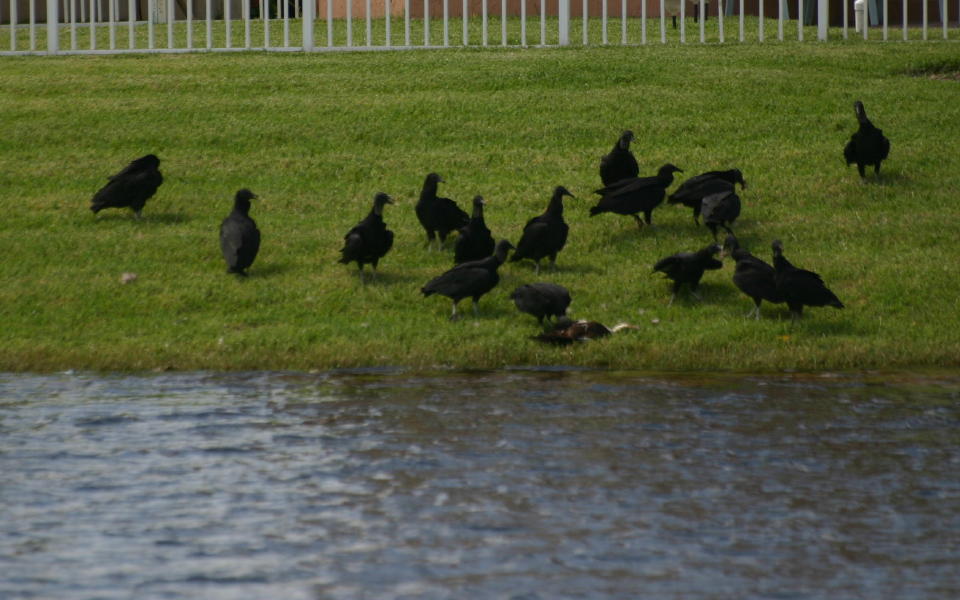
Yesterday morning I found a freshly dead adult White Ibis on our lawn, at the side of the lake. I did not think too much of it. However, a little later, diagonally across the lake, I saw a large group of Black Vultures congregating around the carcass of a freshly dead Muscovy duck. 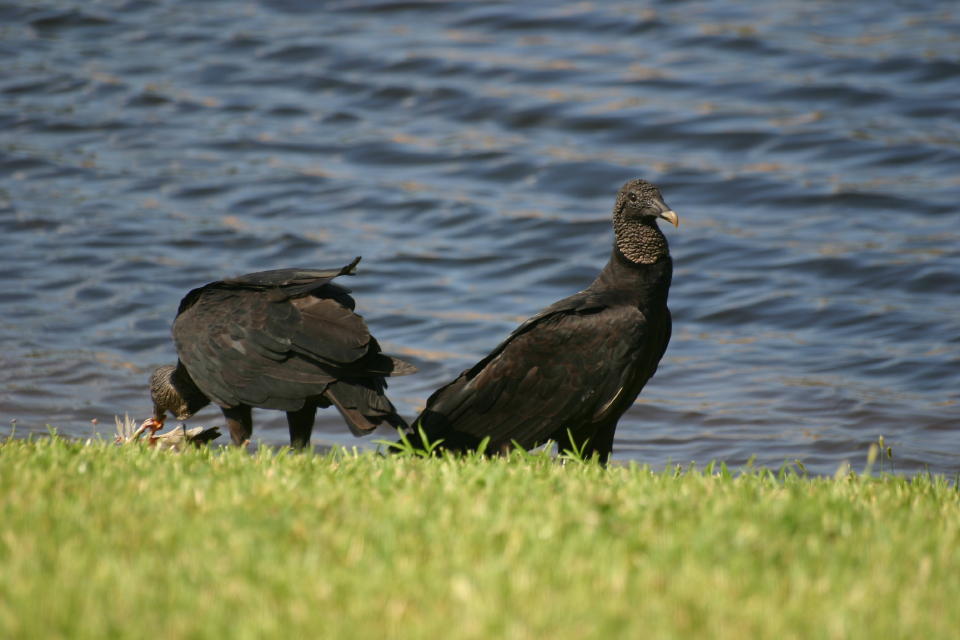
A couple of them came over and finished off the ibis, leaving barely enough for the flies.
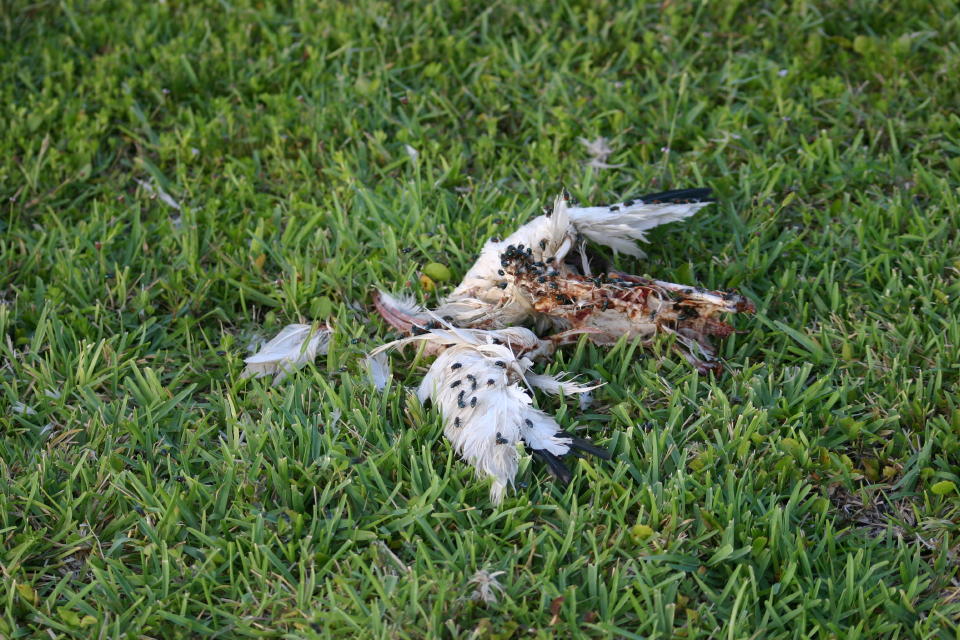
Then, later in the afternoon, a Turkey Vulture started making passes
over the yard next to the one where the first duck had died. It landed
briefly and approached another Muscovy that was sitting on the grass.
As the vulture drew near, the duck began moving toward the lake. It
could not walk normally. Rather, it flopped its wings clumsily and
pretty much crawled into the lake, where it began to thrash violently.
The vulture departed. The duck splashed about for several minutes, and
then fell silent at the water’s edge. Soon the Black Vultures were
feasting on its remains.
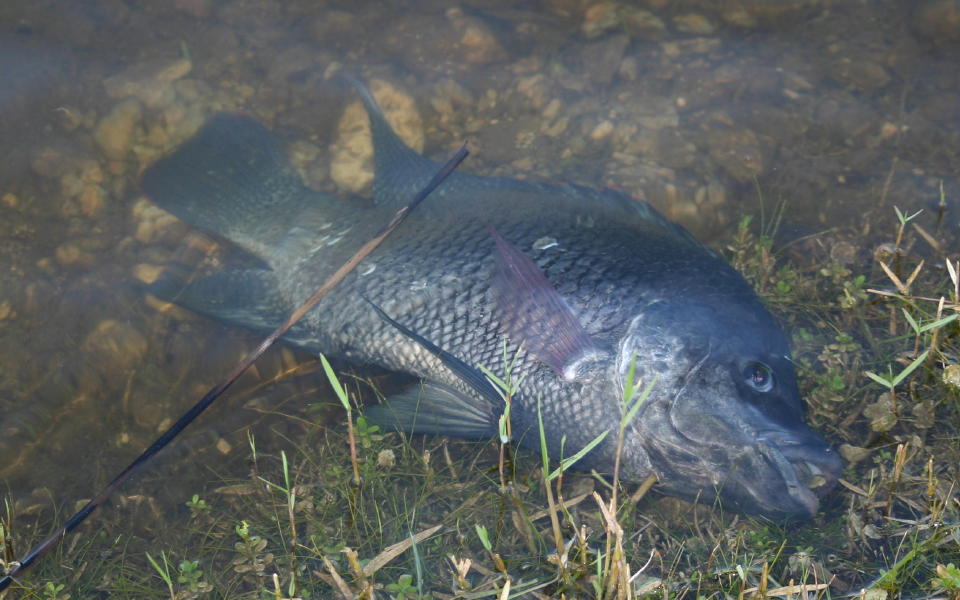
To my surprise, the vultures also moved along to join others that had found yet
another dead duck on the edge of the lake just to the south of our
property. I walked over towards them and found the body of this 16 inch fish, probably a Blue Tilapia, at the water’s edge. Not a good sign.
As dusk was approaching, I noted one of the two “sister” hens that had very similar coloring and facial patterns was out in the back yard, acting strangely. As I approached it, the bird appeared to have trouble balancing and holding its head up. It fell forward as it tried to walk away from me, its head dragging on the ground. It made it to the water, where it swam with its head submerged. Its “sister” swam close by.
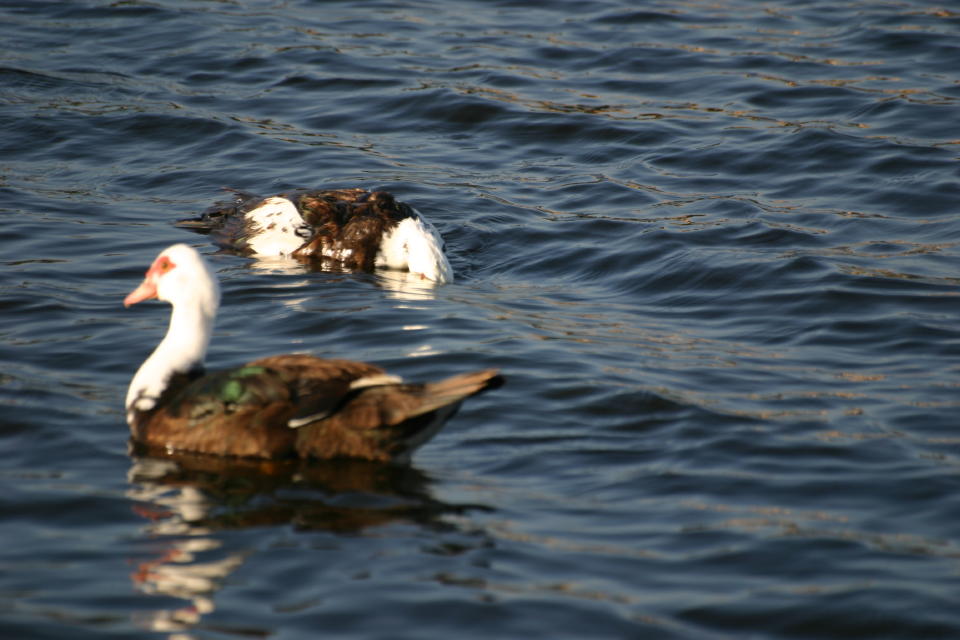
The sick duck tried to breathe every few seconds, flapping its wings to help it thrust its head above water as it gasped for air.
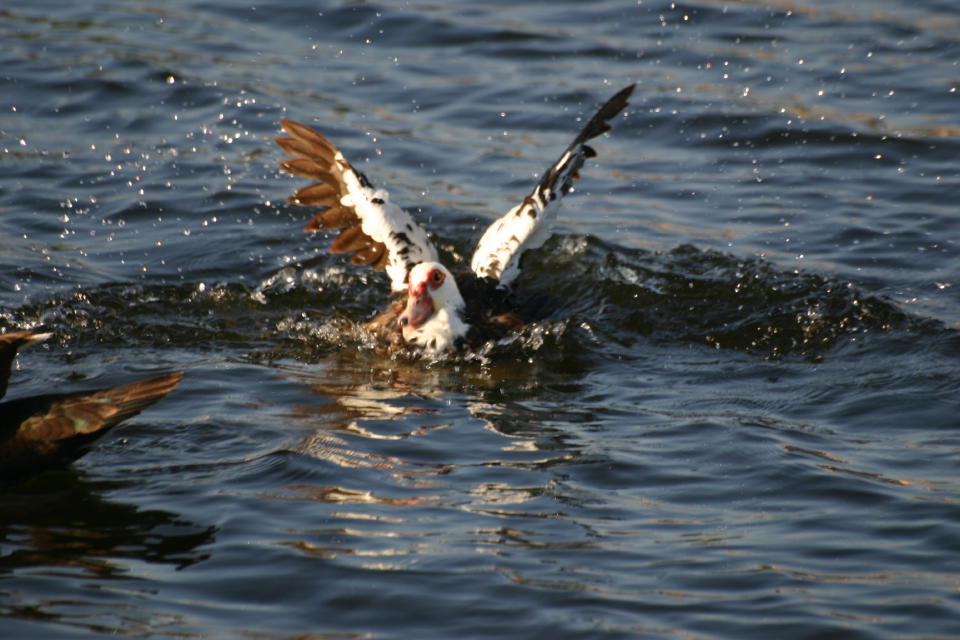
Finally, it made its way back next to the shoreline, where it rested its head on the lake’s edge, not moving. It was touching to see its “sister” staying close by as the bird expired.
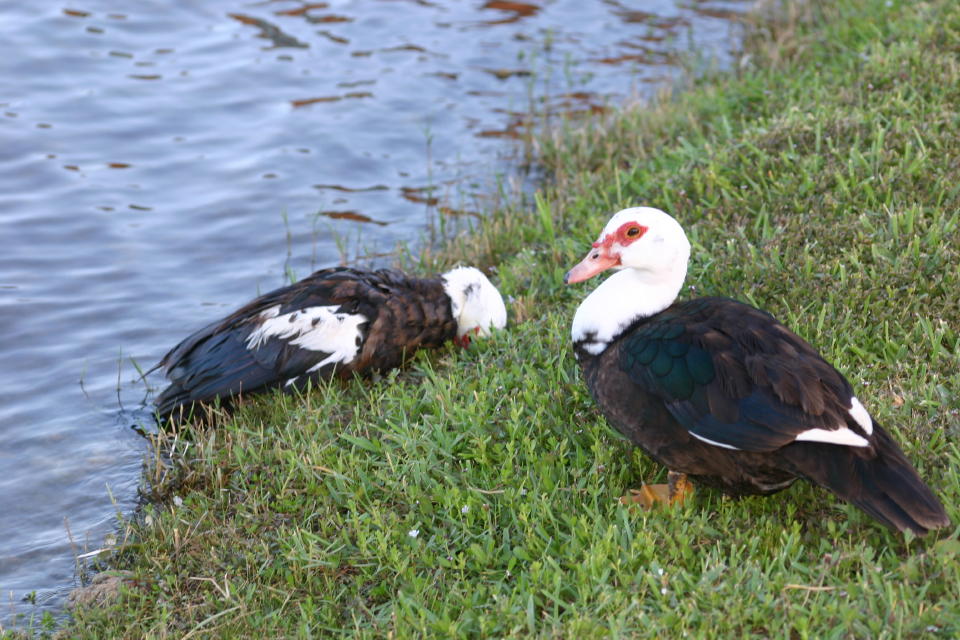
This morning, its body awaited the arrival of the vultures. Across the lake near where the first duck died, there was another body, of a mostly-white Muscovy. That adds up to 5 ducks, one ibis and a fish along a small stretch of shoreline, all dead within 24 hours. Also, perhaps an unrelated event, the brood of 12 ducklings that hatched out last week, pictured in my previous post, had disappeared by the next day
What can be killing these birds? Children sometimes throw rocks at the birds, but no signs of physical injury were evident. It appears to be a neurologic condition. The South Broward Drainage District regularly applies herbicides all along the lake’s edge, but they are said to be only mildly toxic (see this link). Pesticides, particularly organophosphates, are much more toxic to the brain, and they are often used rather indiscriminately, so they must be suspected. “Clinical signs in birds include goose stepping, ataxia, wing spasms, wing droop, dyspnea (difficulty in breathing), tenesmus (spasm of anal sphincter), diarrhea, salivation, lacrimation, ptosis (drooping) of the eyelids, and wing-beat convulsions.”
Then there are disease organisms that affect the central nervous system. West Nile may cause encephalitis, while bird flu would be most unlikely. If I see any more evidence of illness I will call health officials.













